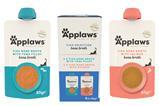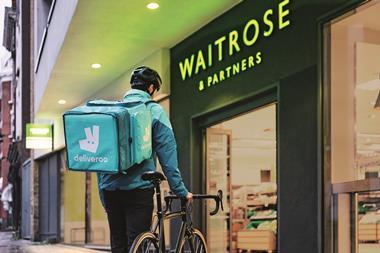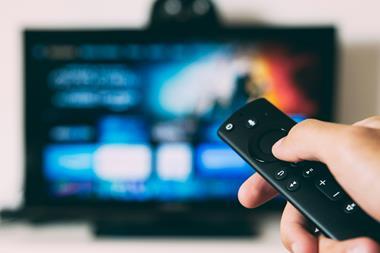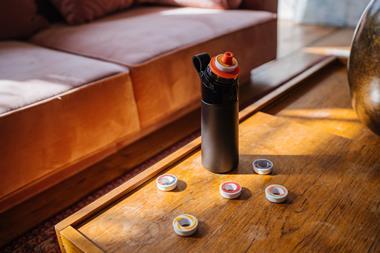“We believe robots have the potential to provide immense positive impact to society.” Such was the joint message in 2011 from the UK’s Engineering & Physical Sciences Research Council and Arts & Humanities Research Council.
Alas, those two prestigious bodies didn’t provide their definition of “immense positive impact”. Was it something as momentous as the eradication of all disease, or the reversal of climate change?
Or was it as modest as, say, immediate refreshment? Because that’s what is getting Coca-Cola European Partners excited. The soft drinks giant has just taken 15% stake in self-driving technology firm TeleRetail, which uses satellite imagery to deliver products via a robot called Aito.
“As the pace of change in consumer behaviour and technology accelerates, we are constantly looking at ways to evolve our business and deliver a great service to our customers,” says CCEP chief financial officer Nik Jhangiani.
That’s great news for Coke’s squillions of fans. But before you crack open a celebratory can of Zero Sugar, be aware Aito travels at just 3mph – potentially leaving more than enough time from your order for a soda-driven desire to wear off.
And there lies the final hurdle for robots: instant gratification. While the number of direct-to-consumer and other online shopping propositions grow, providers are increasingly looking to technology as a means of speedily fulfilling orders. After all, impulse purchases account for a significant amount of shoppers’ spend – in-store, at least.
Online hasn’t quite got there yet. Take, for instance, the robot delivery service from Starship Technologies for Tesco and Co-op. It takes as little as 15 minutes. Not too shabby! As long as you live within two miles of a very small number of stores. In Milton Keynes. And are willing to pay a £1 delivery charge. Which would make a single can of soda cost the thick end of two quid.
Oh, and hope your delivery device doesn’t suffer frozen robot syndrome, an ailment that can be triggered by obstacles, flurries of litter, or even dive-bombing birds.
That’s not to denigrate robots. Robots are super-cool. There’s an abundance of life-improving applications in every walk of life, not least in delivering food and drink. In the US, for instance, universities in Virginia and Arizona provide robot-delivered meals to ease the lives of students fatigued by early starts and long days of study.
Back in the UK, CCEP tested a smartly branded robot in the summer to deliver products at Alton Towers. It collected drinks from the attraction’s distribution centre and transported them across the park to keep refreshment stands stocked up during the scorching August bank holiday.
The potential of delivery bots is, then, huge. But if you suddenly have a sudden hankering for a Sprite, your local corner shop is still looking like the most convenient option. Alternatively, you can wait at least 30 minutes (and pay a premium) for a delivery, or hold out for a future of faster technology.
























No comments yet